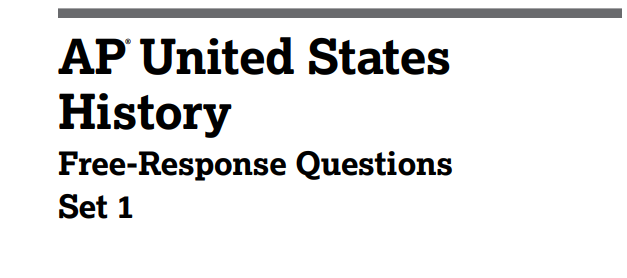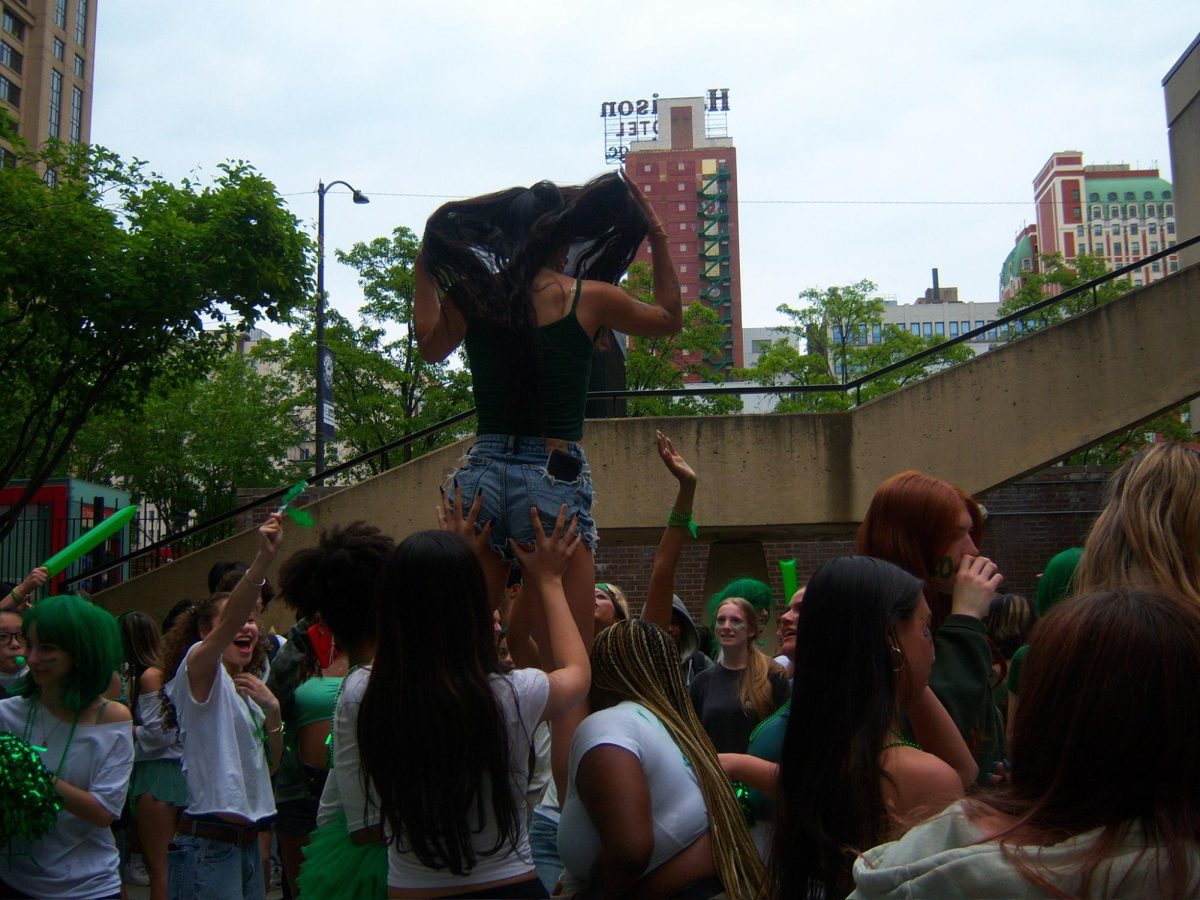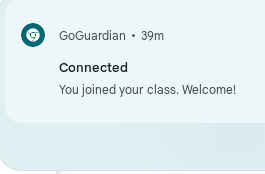Art. Culture. Politics. This year’s EXPO Chicago had it all. The recurring art fair arrived from April 24 to 27, drawing vast crowds likely close to last year’s number of 35,000.
Made up of exhibits from nearly 170 galleries around the world, the art fair has been featured at Navy Pier since 2012, though it has existed in various different iterations dating as far back as 1980. Originally founded to be the United States’ version of the famed Art Basel contemporary art exhibition, infrastructure complications led the original “Art Chicago” to an unsuccessful first run. However, the fair returned in 2012 as the newly inaugurated EXPO Chicago, managed by director Tony Karman and taking place at the Navy Pier Festival Hall. The fair has taken place yearly since 2012 in the same event space, save for a break in 2020 during the pandemic.
Centered around contemporary and modern art with a focus on up and coming artists, the art expo mixed the sleek and almost austere look of the gallery setup and event space itself with the bold and brilliant colors of the artists’ work to draw viewers into its expansive labyrinth. Each gallery cubicle displayed the visiting artists’ name, home gallery, and country of origin, highlighting the broad diversity in those featured, with artists coming from cities ranging from London to Lagos. There was a focus on Chicago-based local art such as the Chicago Printmakers Collaborative, which showcased lithographs and etchings focused on telling the Chicago story itself through images depicting streets and historic buildings.
The boundaries of materials and traditional forms were pushed in various exhibitions, one notable example being an artist named Moonassi from Seoul, South Korea. Their exhibit at the expo utilized calligraphy techniques to paint shadows within the paintings, using unconventional materials in what is often seen as a very rigid medium set within oil pastels and paint. The paintings themselves were incredible, exploring the meaning of what it means to be human in the context of family and interconnection, the depths of the shadows only adding to the atmosphere and understanding.
Throughout the explorative experience, there was one message that rang out above all- the distinct focus on cultural connection and speaking up through times of great upheaval. With the organization of artists from all over the world, so many different voices and perspectives were shown in various mediums, many using their platform in the space to speak out about things such as implicit bias within the United States or political upheaval across society as a whole. A specific piece that stood out in this specific lens was Anna Tsouhlarakis’ artwork for the Center of Native Futures, pictured above. Screen-printed white lettering stood stark against the dark, satiny background, depicting the often normalized behavior of erasing the gruesome reality of colonization’s impact and calling the viewer to acknowledge the truth of how the United States was built off of blood. This directness was incredibly meaningful and left a lasting message for onlookers to question society itself, both within its silencing of Native American voices and in the bias and hate that our current political climate only inspires.
Art is incredibly powerful, through its ability to speak without words, propelling movements simply through inspiration. EXPO Chicago only reaffirmed this truth, and as the multitudes of deep and introspective artworks left a lasting impression on me, this is no doubt true for the thousands of other onlookers as well.






